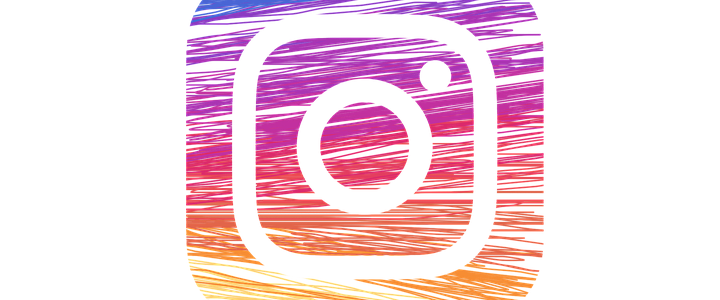Tips to dominate in instagram
Is your business one of the over 600 million accounts currently on Instagram? Are you part of the force that contributes to the 95 million photos and videos shared daily on Instagram? Are you one of the 48.8% of brands currently making their presence felt on the platform? By 2018 the number of brands on Instagram is expected to rise to 70.7%. This means that Instagram could very well overtake Twitter this year! Have you optimised your Instagram business account to get the most out of it for your brand? Here are tips to dominate in instagram this year!
1. Don’t beg your followers to turn on notifications for your content.
If you’ve hooked your followers so hard that they subscribe to your posts on their own, congrats. Ask them to subscribe to you and you’re showing just how afraid you are of falling off their radar. It’s a bitch move. Above that, those who are likely to turn on notifications to brands will likely subscribe to many others as well. What’s going to happen once they start getting bombarded with notifications from everyone? They’ll unfollow you or leave the platform altogether. No one likes spending that much time with even their favourite brands.
2. Step up your hashtags.
Hashtags are your secret weapon to success, especially since only 20 percent of Instagram posts have 6 or more hashtags and 53 percent of posts only have one hashtag. This means you’ll instantly boost your engagement by stepping up your hashtag use, but remember it’s also about quality, not quantity. Every post needs to have multiple relevant hashtags that are specific to your audience. To choose the best hashtags, pay attention to what others are using and use hashtag tracking tools like RebelMouse, Tagboard or Talkwalker. Also, Socialmention.com and Twubs are great places to look. It is hard to influence an Instagram users search history, but Instagram hastags you can control 100%. So take full advantage.
Then, whenever you’re hosting an event, having a promotion, or just need more people to walk through your door, use these hashtags, along with your location to get in front of more people. You can take a look at the way I user hashtags on my business Instagram.
3. Filters.
Statistically Mayfair is the filter that attracts the most engagement. But don’t get hung up on that. We’re only talking a very minor advantage. What the most popular channels do though is use one filter consistently. When someone is exploring your channel for the first time and viewing your images in grid view, your posts will look more appealing if there isn’t a mix of image styles that clash with each other.
4. Stories and Live Video.
Everyone following you has a banner at the tippy top of their news feed, so make sure you’re up there and have great content to share! With stories, you have a semi-permanent block of time (24-hour period) that gives you a lot of flexibility in being topical or current. Both live video and stories let you be more unpolished than what you would post on your regular timeline, so you can focus more on what you’re sharing rather than how. Live video is especially great for engagement because followers who tap into your video can directly comment, so you can ask questions, stir discussion, and become a real living figure for your brand. Live video is great for showing processes and people will stick around to watch if you can promise a final product at the end of it.
5. Develop your brand Instagram strategy before you post and stay true to it.
Posting all willy-nilly may earn you a few ‘Hearts’ at first, but over time you’ll fall through the cracks without a solid foundation.
There is a lot more to social media than just posting and waiting for likes. Use the ideas here to develop a strategy that works for you. Create engagement with a large number of people, and subsequently build your business in the process.


















